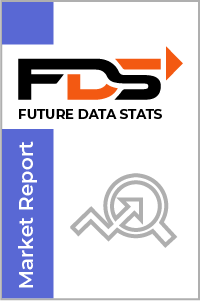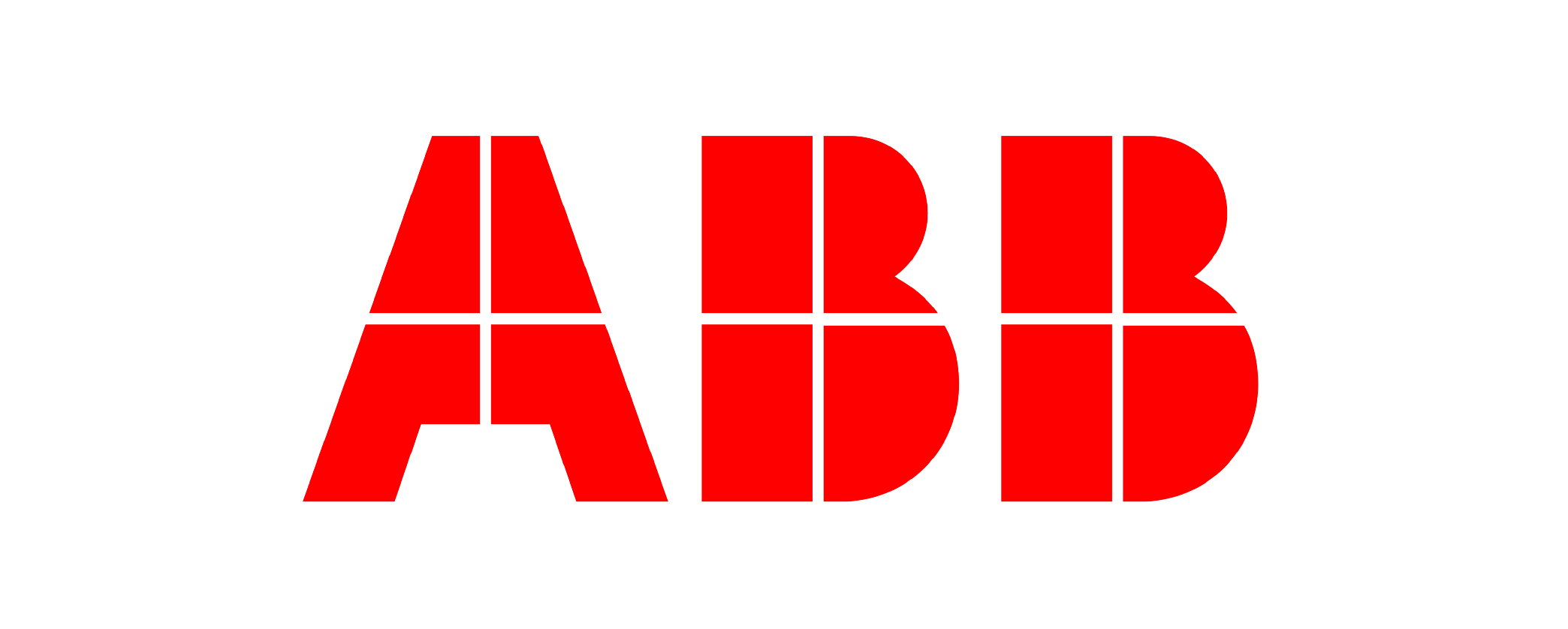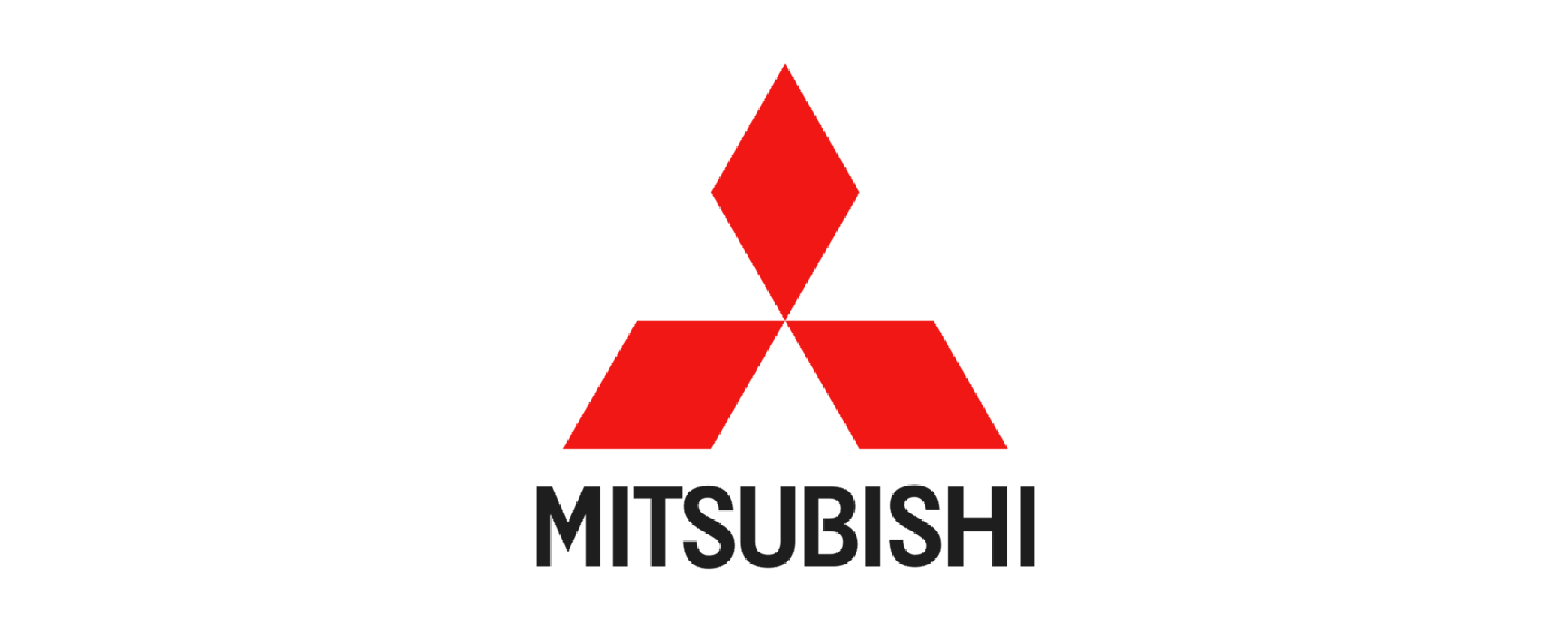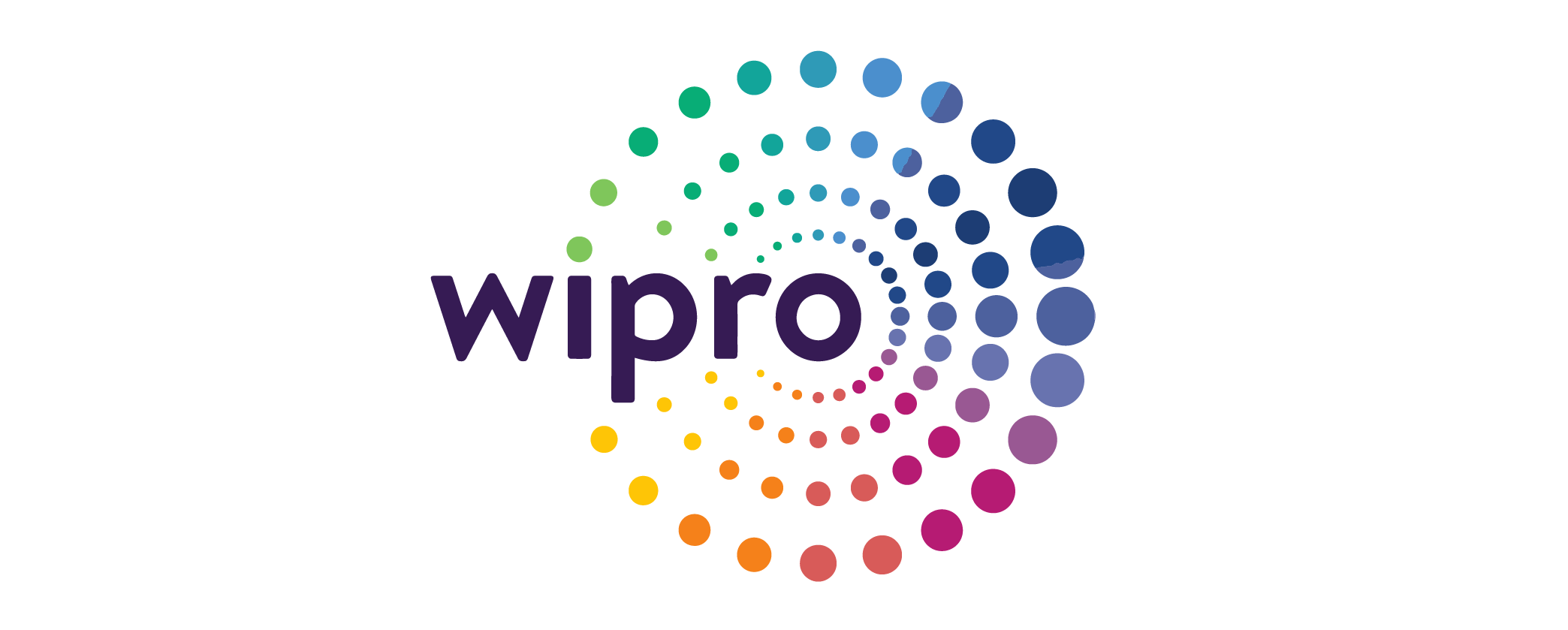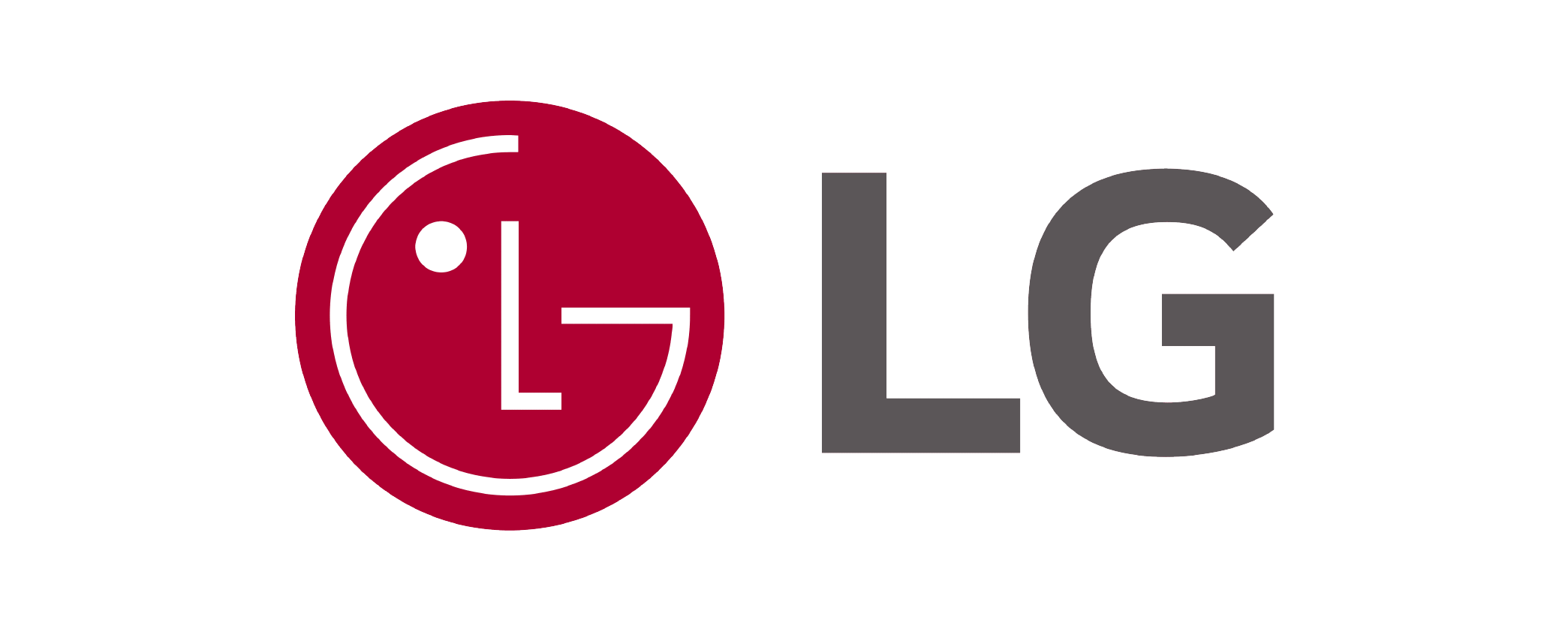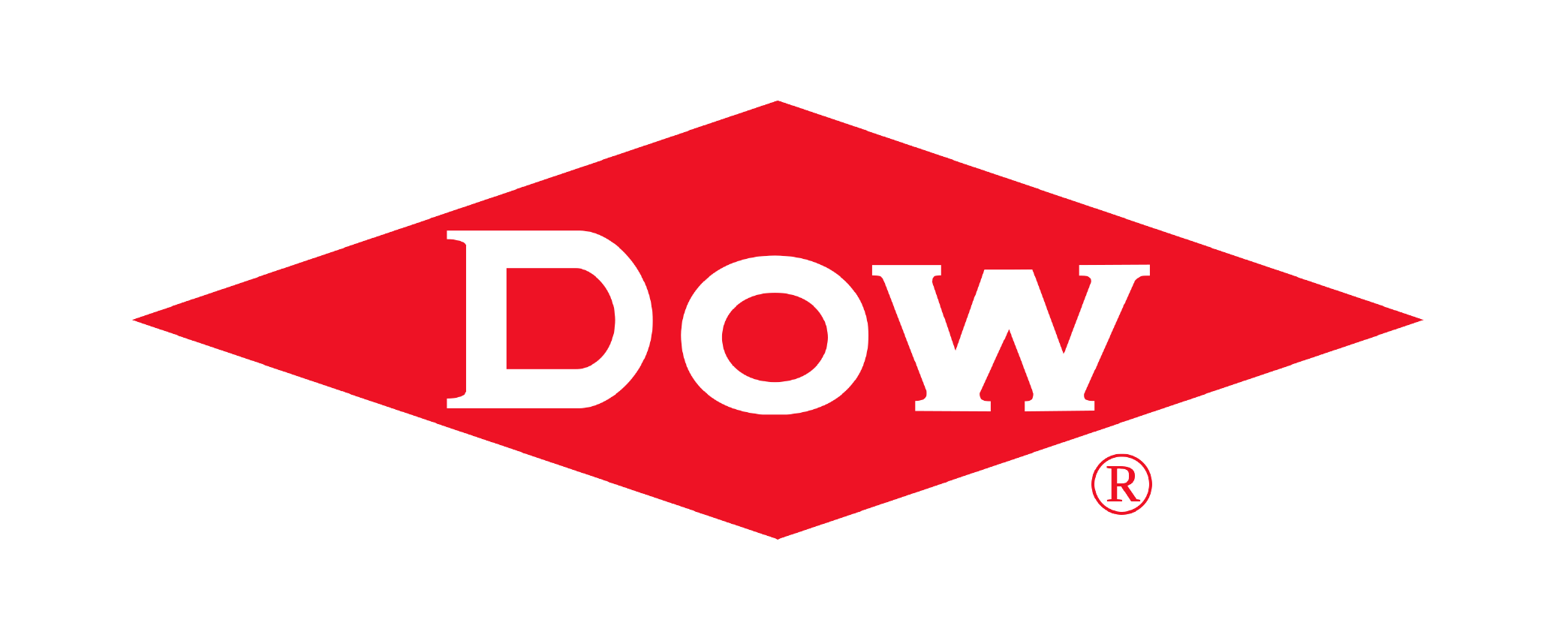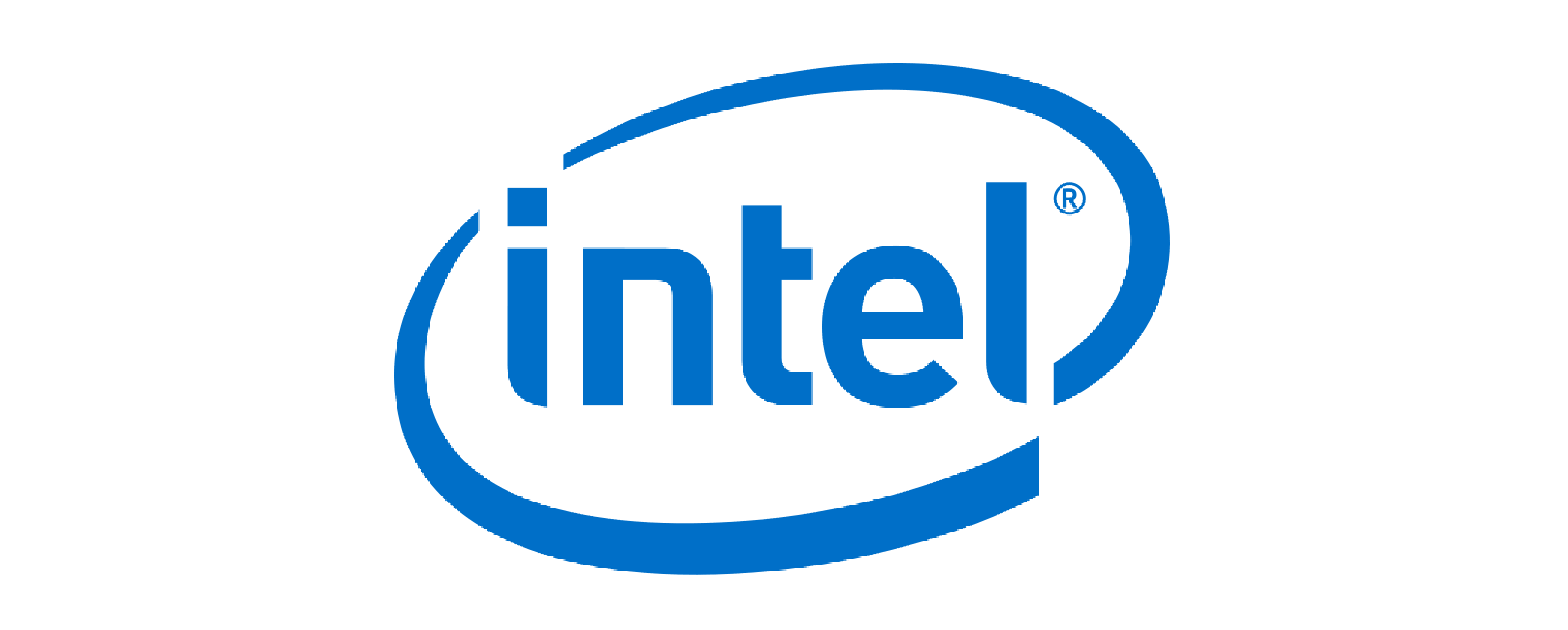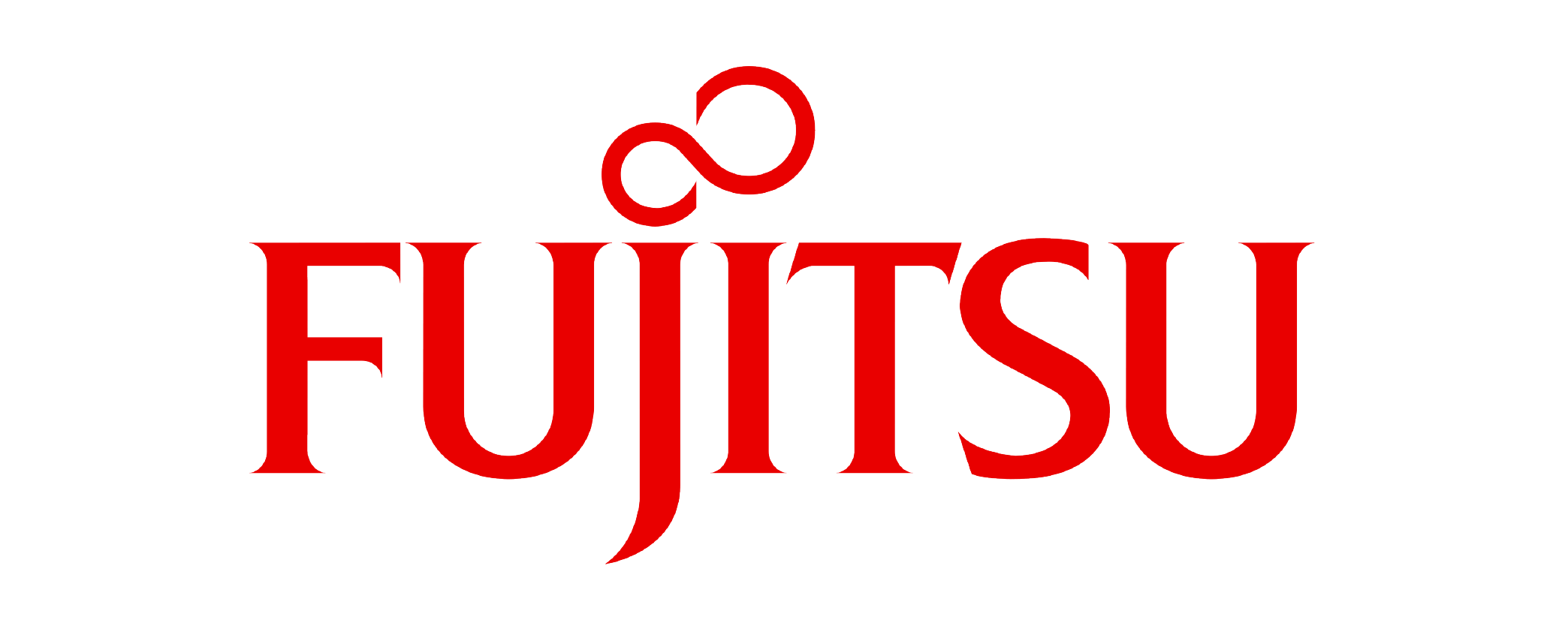The global Leather Goods Market is witnessing consistent growth, with its size estimated at USD 531.07 billion in 2025 and projected to reach USD 613.25 billion by 2033, expanding at a CAGR of 6.78% during the forecast period.
The Leather Goods Research Report by Future Data Stats presents an in-depth and strategic assessment of the market landscape. Drawing on historical data from 2021 to 2023, the report identifies key trends, evolving growth patterns, and pivotal market dynamics. Anchored in 2024 as the base year, it delivers a detailed examination of consumer behavior, competitive forces, and regulatory frameworks influencing the sector. Extending beyond conventional analysis, the report provides a forward-looking forecast from 2025 to 2033, leveraging advanced analytical methodologies. It maps the anticipated growth trajectory, uncovers emerging opportunities, and highlights potential risks—empowering stakeholders with the actionable intelligence needed to make informed decisions in a rapidly transforming market environment.
MARKET OVERVIEW:
Leather goods serve both functional and aesthetic purposes across various consumer and industrial applications. Manufacturers design these products to offer durability, comfort, and timeless style, using materials like genuine or synthetic leather. From everyday accessories like belts and wallets to fashion-forward items such as handbags and jackets, leather goods meet practical needs while enhancing personal style. The purpose of leather goods extends beyond individual use into travel, business, and lifestyle markets. Brands focus on crafting high-quality items that provide long-term value, combining utility with elegance. Consumers often choose leather for its resilience and sophisticated appearance, making it a preferred material in fashion, utility, and luxury segments.
MARKET DYNAMICS:
Leather goods continue to evolve with trends focusing on sustainability, digital customization, and luxury craftsmanship. Brands are shifting toward eco-friendly leather alternatives, such as plant-based or recycled materials, to meet growing consumer demand for ethical fashion. At the same time, premium brands use digital tools to offer custom designs, limited editions, and virtual try-on experiences, enhancing customer engagement and brand loyalty. Upcoming trends point to increased investment in smart wearables using leather, growth in artisan-led collections, and expansion into untapped emerging markets. Businesses are also exploring circular economy models by integrating repair, resale, and recycling services into their offerings. These shifts create new business opportunities across fashion, lifestyle, and tech segments, positioning the leather goods market for innovation and global expansion.
Consumers appreciate the luxurious feel and longevity of leather items, which encourages manufacturers to innovate and expand their offerings. Additionally, the rise of eco-consciousness has led to a surge in sustainable leather alternatives, opening up new avenues for businesses to explore. As more brands embrace ethical practices, they attract a growing segment of environmentally aware consumers, fostering market growth. However, the leather goods industry faces challenges that can hinder its expansion. Fluctuating raw material prices can impact production costs, creating uncertainty for manufacturers. Moreover, competition from synthetic materials poses a significant threat, as these alternatives often come at lower price points. Despite these constraints, opportunities abound. Companies that invest in advanced production techniques and sustainable practices can differentiate themselves in a crowded marketplace, positioning themselves for long-term success.
LEATHER GOODS SEGMENTATION ANALYSIS
BY PRODUCT TYPE:
Footwear dominates the leather goods market, driven by its essential role in everyday wear and fashion expression. Brands continuously innovate in design and comfort, integrating ergonomic technology and sustainable leather alternatives. Consumers now demand not just style but also durability, pushing manufacturers to focus on quality tanning techniques. Urbanization and rising disposable incomes also boost global demand for leather footwear, especially in emerging economies. Handbags and wallets & purses hold strong appeal among fashion-forward consumers, especially women. The constant evolution in design, branding, and material craftsmanship drives their popularity. Premium labels strategically use limited editions and seasonal launches to maintain desirability. Wallets and purses also benefit from their utility-driven appeal across all age groups, often purchased as entry-level luxury items or gifting options, ensuring consistent sales volume.
Belts, travel bags & suitcases, and jackets & coats cater to both fashion and function. Belts offer affordability and style versatility, while travel bags and suitcases thrive on global tourism and business travel trends. Jackets & coats benefit from seasonal fashion cycles and increasing interest in high-quality winter wear in colder regions. Designers combine classic leather with thermal linings and breathable materials to attract diverse markets. Gloves and accessories like key holders and watch straps tap into niche luxury markets and lifestyle consumers. Leather gloves continue to reflect elegance in formal wear, while accessories serve as subtle expressions of personal style. These items enjoy growing demand through online channels, as consumers seek customizable and artisanal pieces. Craftsmanship and personalization remain dominant purchasing factors in this sub-segment.
BY LEATHER TYPE:
Genuine leather retains dominance due to its durability, aesthetic value, and historical legacy in premium fashion. Consumers associate genuine leather with status, pushing luxury and mid-range brands to prioritize this material in production. Moreover, tanning innovations have enhanced softness and flexibility, expanding its use across more apparel and accessory categories. Synthetic leather gains momentum as ethical consumerism and sustainability trends reshape the industry. Advances in PU and PVC leathers now offer comparable feel and look at lower costs and reduced environmental impact. Younger consumers increasingly favor cruelty-free alternatives, encouraging established brands to launch vegan collections. The flexibility in color, texture, and design further boosts its market share.
Full-grain and top-grain leather lead the premium segment due to their exceptional strength and natural appearance. Full-grain leather appeals to connoisseurs valuing patina development and longevity, while top-grain balances smooth texture with resilience. These leather types dominate luxury handbags, footwear, and jackets, supported by heritage craftsmanship and brand storytelling. Split leather and bonded leather serve the budget-conscious market, providing the appearance of real leather at a fraction of the price. Manufacturers in mass retail and fast fashion rely on these materials to maintain price competitiveness. Though they lack the durability of higher grades, improved processing techniques have elevated their appeal in belts, wallets, and accessories for cost-sensitive consumers.
BY APPLICATION:
Personal use forms the core application of leather goods, with consumers purchasing for fashion, utility, and lifestyle value. Footwear, handbags, wallets, and jackets form staples in wardrobes globally. With growing exposure to global fashion trends and increased online shopping, consumers seek a mix of classic and contemporary styles. Emotional connections with leather products—such as gifting and personal milestones—also play a role in purchasing behavior. Commercial use encompasses hospitality, entertainment, and service industries where leather products serve functional and aesthetic needs. Hotels and upscale restaurants often use leather for uniforms, menus, and décor accents, reinforcing their brand image. Leather chairs, gloves, and accessories in premium car interiors and aircraft cabins also reflect commercial use, emphasizing status, comfort, and endurance.
Institutional use includes educational, military, and organizational applications. Schools and colleges procure leather items like belts, shoes, and satchels, often as part of uniforms. Police and defense institutions demand high-performance leather for gloves, boots, and gear holsters. These institutions focus on toughness, safety, and standardization, driving niche but stable demand across regions. In all applications, the desire for product personalization, ethical sourcing, and functional sophistication shapes consumer choices. As leather goods intersect with identity, profession, and purpose, brands must offer diversified product lines while meeting sustainability expectations. The rise in multipurpose designs and hybrid applications is reshaping the way consumers and institutions view leather goods.
BY END USER:
Men remain key consumers of leather products, especially footwear, belts, wallets, and jackets. Classic designs, minimalistic styling, and long-term durability attract male buyers across age groups. Brands catering to male demographics often emphasize craftsmanship, tradition, and utility, supported by strong brand loyalty and heritage narratives in marketing. Women drive the fashion-oriented segments such as handbags, purses, accessories, and premium footwear. Fashion-conscious female consumers constantly seek novelty and exclusivity, encouraging rapid trend cycles and innovation in material use. Leather goods targeting women often integrate vibrant colors, sophisticated finishes, and seasonal trends. The female segment also fuels premium growth, especially in emerging economies.
Children’s leather goods, though niche, are gaining traction with rising demand for durable school shoes, belts, and small backpacks. Parents increasingly prioritize quality and longevity, especially in urban regions with high disposable income. Some brands are also tapping into kids’ fashion trends with mini versions of adult leather products, creating aspirational appeal at a young age. Unisex leather products appeal to modern buyers valuing inclusivity, simplicity, and sustainability. Footwear, belts, and backpacks are increasingly designed with gender-neutral aesthetics. This approach aligns with lifestyle-focused consumers who prioritize comfort and function over traditional gender roles, pushing brands to reimagine product lines for broader market reach.
BY PRICE RANGE:
Premium leather goods dominate in terms of brand prestige, quality craftsmanship, and exclusivity. Luxury brands leverage high-grade leather, limited editions, and artisanal techniques to justify their pricing. Premium consumers seek lasting value, brand legacy, and aesthetic perfection, especially in categories like handbags, formal shoes, and tailored jackets. Mid-range leather products offer the ideal balance between quality and affordability, attracting the largest consumer base. These products are typically found in urban retail and online platforms, marketed as stylish yet practical. Consumers in this segment want trend-aligned designs and moderate longevity without paying luxury prices, making this the most dynamic pricing tier.
Budget or economy leather goods target cost-conscious shoppers looking for basic functionality and style. Split leather, bonded leather, and synthetic alternatives dominate this segment. Fast fashion chains and department stores focus heavily on this tier, emphasizing accessibility and wide availability. Price-sensitive consumers often purchase in bulk or during sales seasons, supporting volume-driven growth. Across all pricing levels, transparency, ethical production, and value-for-money remain decisive factors. While premium products rely on exclusivity and heritage, mid and budget segments focus on volume, seasonal trends, and omnichannel access. Strategic brand positioning helps each price range carve out distinct consumer loyalty and market strength.
BY DISTRIBUTION CHANNEL:
Online retail has revolutionized how consumers shop for leather goods. E-commerce platforms and brand-owned websites offer vast product variety, customization options, and global accessibility. Virtual try-ons, user reviews, and influencer marketing drive online sales, especially for tech-savvy and younger demographics. Brands now optimize digital presence to maintain competitiveness. Offline retail, including brand showrooms and independent retailers, remains critical for experiential shopping. Customers appreciate touching and trying leather products before purchase. Brick-and-mortar stores continue to build consumer trust through physical interaction, personal assistance, and instant gratification. High-end brands also use flagship stores to showcase craftsmanship and reinforce brand identity.
Supermarkets & hypermarkets offer mass-market leather goods, primarily in the mid-to-budget range. Their wide reach and bulk purchasing advantage enable competitive pricing. Customers favor these outlets for quick, one-stop purchases, often driven by seasonal promotions. This channel particularly thrives in developing countries where access to specialty stores may be limited. Specialty stores, departmental stores, and brand outlets cater to a more curated shopping experience. These channels offer exclusive collections, loyalty programs, and premium customer service. Specialty stores, in particular, provide expert knowledge and product demonstrations, appealing to discerning buyers seeking quality and uniqueness in leather products.
BY SALES MODE:
Direct sales allow brands to build closer relationships with consumers through physical and digital brand-owned channels. This approach supports full control over pricing, merchandising, and customer experience. Luxury brands particularly benefit from this model by maintaining exclusivity, avoiding counterfeits, and collecting direct consumer data for personalization. Indirect sales involve intermediaries such as wholesalers, retailers, and third-party platforms. This model ensures mass distribution and market penetration, especially in regions where direct infrastructure is limited. Indirect channels are critical for mid and budget-tier brands aiming to expand reach and scale operations quickly without heavy capital investment.
Both sales modes serve different strategic objectives. Direct sales prioritize brand loyalty, storytelling, and premium service, while indirect sales drive high-volume sales and broader brand exposure. Companies increasingly adopt hybrid models—integrating direct and indirect approaches—to balance control with market scalability. As consumer expectations evolve, the choice of sales mode becomes a strategic differentiator. Brands must invest in omnichannel infrastructure, seamless logistics, and after-sales support to win customer trust and ensure repeat business across both direct and indirect channels.
REGIONAL ANALYSIS:
In North America and Europe, the leather goods market benefits from strong demand for premium fashion, high consumer spending power, and well-established retail infrastructure. Leading brands in these regions continue to innovate with sustainable leather alternatives and personalized offerings, supported by digital platforms and direct-to-consumer models. These markets also show stable growth driven by the popularity of luxury accessories and long-standing brand loyalty.
Asia Pacific, Latin America, and the Middle East & Africa represent fast-growing regions with expanding middle-class populations and rising interest in branded lifestyle products. In Asia Pacific, particularly in India and China, growing urbanization and digital commerce drive strong demand for stylish yet functional leather goods. Meanwhile, Latin America and the Middle East show increasing adoption of leather products through retail modernization and rising disposable incomes, creating new opportunities for global and regional players.
MERGERS & ACQUISITIONS:
- In Jan 2024: LVMH acquired Italian luxury leather brand Valextra to expand its premium accessories portfolio.
- In Feb 2024: Tapestry Inc. finalized the purchase of a minority stake in a sustainable leather startup.
- In Mar 2024: Kering announced a joint venture with a Spanish leather manufacturer for eco-friendly production.
- In Apr 2024: Hermès invested in a French tannery to secure high-quality leather supply.
- In May 2024: Prada entered a strategic partnership with a Brazilian leather supplier for exotic skins.
- In Jun 2024: Fossil Group sold its leather goods division to a private equity firm.
- In Jul 2024: Burberry acquired a UK-based leather accessories brand to strengthen its luxury segment.
- In Aug 2024: Capri Holdings merged with a Milanese leather goods producer to enhance craftsmanship.
- In Sep 2024: Ralph Lauren launched a new sustainable leather line in collaboration with an eco-tannery.
- In Oct 2024: Michael Kors parent company bought a stake in an Italian leather bag manufacturer.
- In Nov 2024: Tod’s Group expanded its leather production facility in Tuscany.
- In Dec 2024: Coach announced a merger with a Scandinavian leather goods brand for market expansion.
KEY MARKET PLAYERS:
- LVMH (Louis Vuitton, Dior, Fendi, Loewe, Celine)
- Kering (Gucci, Saint Laurent, Bottega Veneta, Balenciaga)
- Hermès
- Prada Group (Prada, Miu Miu, Church’s, Car Shoe)
- Chanel
- Burberry
- Tapestry (Coach, Kate Spade, Stuart Weitzman)
- Capri Holdings (Michael Kors, Jimmy Choo, Versace)
- Tod’s Group (Tod’s, Hogan, Fay, Roger Vivier)
- Richemont (Dunhill, Delvaux, Montblanc, Alaïa)
- Brunello Cucinelli
- Salvatore Ferragamo
- Valentino
- Bally
- Longchamp
- Mulberry
- Furla
- Goyard
- Moynat
- Valextra
Leather Goods Market: Table of Contents
Executive Summary
- Market Highlights
- Key Market Trends
- Strategic Recommendations
Research Framework
- Report Scope
- Methodology
- Data Sources
- Definitions & Assumptions
Market Dynamics
- Drivers
- Restraints
- Opportunities
- Challenges
- Supply Chain Analysis
- Industry Value Chain Analysis
- Pricing Trends & Margin Analysis
Market Overview
- Global Market Size & Forecast
- Historical Market Trends
- Emerging Technologies in Leather Processing
Market Segmentation Analysis
- By Product Type
- By Leather Type
- By Application
- By End User
- By Price Range
- By Distribution Channel
- By Sales Mode
Regional Outlook
- North America Market Overview
- Europe Market Overview
- Asia Pacific Market Overview
- Latin America Market Overview
- Middle East & Africa Market Overview
Competitive Landscape
- Market Share Analysis
- Company Profiles
- Business Description
- Product Portfolio
- Financial Overview
- Recent Developments
- Strategic Initiatives
List of Figures
- Leather Goods Industry Value Chain
- Market Share by Product Type
- Growth Trend by Region
- Buyer Behavior and Preference Charts
- Distribution Channel Penetration
- Innovation in Leather Alternatives
- Regional Export-Import Patterns
List of Tables
- Market Size by Segment (USD Billion)
- Regional Comparison of Leather Goods Revenue
- Key Manufacturers & Revenue Snapshot
- Segment-Wise Growth Rate Statistics
- Online vs Offline Sales Performance
- Pricing Comparison by Region & Product Type
- Competitive Matrix – Product vs Region Presence
Leather Goods Market Segmentation
By Product Type:
- Footwear
- Handbags
- Wallets & Purses
- Belts
- Travel Bags & Suitcases
- Jackets & Coats
- Gloves
- Accessories (Key Holders, Watch Straps, etc.)
By Leather Type:
- Genuine Leather
- Synthetic Leather
- Full-Grain Leather
- Top-Grain Leather
- Split Leather
- Bonded Leather
By Application:
- Personal Use
- Commercial Use
- Institutional Use
By End User:
- Men
- Women
- Children
- Unisex
By Price Range:
- Premium
- Mid-range
- Budget/Economy
By Distribution Channel:
- Online Retail
- Offline Retail
- Supermarkets & Hypermarkets
- Specialty Stores
- Departmental Stores
- Brand Outlets
By Sales Mode:
- Direct Sales
- Indirect Sales
By Geography:
- North America (USA, Canada, Mexico)
- Europe (UK, Germany, France, Italy, Spain, Rest of Europe)
- Asia-Pacific (China, Japan, Australia, South Korea, India, Rest of Asia-Pacific)
- South America (Brazil, Argentina, Rest of South America)
- Middle East and Africa (GCC Countries, South Africa, Rest of MEA)
Why Investing in a Market Research Report?
Make Informed Decisions with Confidence: A market research report offers more than just data—it provides actionable insights. Whether you're launching a new product or expanding into new regions, reliable research helps you make decisions backed by real-world trends, customer behaviors, and competitive benchmarks. This reduces guesswork and increases your odds of success.
Discover Untapped Market Opportunities: One of the biggest advantages of a research report is its ability to reveal gaps in the market. You'll uncover unmet customer needs, rising demand, and emerging trends—well before they become mainstream. This positions your business to act early and gain a first-mover advantage.
Understand Your Competitors in Detail: Knowing who you’re up against is crucial. A comprehensive report shows how your competitors operate, where they excel, and where they fall short. With this intel, you can sharpen your value proposition, strengthen your brand position, and outpace others in your space.
Craft Smarter Marketing Strategies: Effective marketing starts with knowing your audience. Research reports break down customer demographics, buying behavior, and preferences. With this clarity, you can design targeted campaigns that speak directly to your audience and deliver better ROI.
Identify Risks Early and Reduce Uncertainty: Every business faces risks—but they don’t have to be surprises. A good report highlights possible roadblocks, shifts in demand, or industry disruptions. By anticipating these challenges, you can take preventive action and protect your business from costly setbacks.
Support Your Business Case for Funding: Whether you're pitching to investors or applying for loans, having a credible, data-backed report gives your proposal weight. It shows you’ve done your homework and understand the market, which builds trust and increases your chances of securing support.
Stay Relevant in a Rapidly Changing Market: Consumer needs, tech innovations, and regulations evolve constantly. Continuous access to updated market research helps you track these changes and adapt accordingly—keeping your business agile and future-ready.
RESEARCH METHODOLOGY AT FUTURE DATA STATS
At Future Data Stats, we combine industry acumen with modern research practices to deliver credible, real-world market intelligence. Our approach is grounded in data accuracy, actionable insights, and strategic foresight—helping businesses make smarter, faster decisions in an ever-evolving global landscape.
Strategic and Comprehensive Market Evaluation
We go beyond basic metrics to provide a deeper understanding of market behavior. Our methodology is built to:
- Measure current market size and forecast growth with high precision.
- Map competitive positioning and assess market saturation or potential gaps.
- Track upcoming opportunities using trend analytics and predictive modeling.
- Cross-validate every insight through expert consultation and data triangulation.
This 360° approach ensures that stakeholders receive not just data, but relevant, future-ready intelligence.
Robust Data Collection and Validation
Our research is powered by multi-source inputs for enhanced credibility and relevance. We rely on:
- Primary research through interviews with CEOs, suppliers, investors, and industry influencers.
- Secondary data from government databases, trade publications, and global research institutions.
- Localized insights capturing region-specific demand patterns and economic shifts.
- Custom models built around the nuances of each sector, ensuring tailored outputs.
Each data point undergoes a verification process, minimizing biases and ensuring consistency.
Core Strengths of Our Research Process
- Real-Time Intelligence: Reports that reflect current market conditions and future trajectories.
- Advanced Validation Tools: AI-assisted tools to verify patterns, filter anomalies, and sharpen forecasts.
- Independent Perspective: Neutral analysis that supports objective, fact-based decision-making.
Our Dual-Layer Research Model
Primary Research – Real-World Industry Contact
- 25+ hours of stakeholder interviews per project.
- Customized surveys for KOLs to gather qualitative insights.
- Comparative assessments to evaluate competitive dynamics.
Secondary Research – Exhaustive Desk Analysis
- Review of 3,000+ sources, including industry databases, white papers, and compliance filings.
- Collection of economic and sector data from recognized financial and government portals.
- Pattern analysis to identify long-term market shifts and macroeconomic influences.
Top-Down & Bottom-Up Accuracy
We use a blended analytical approach to enhance precision:
- Bottom-Up Approach: Aggregates granular data to build a detailed market structure.
- Top-Down Approach: Aligns projections with high-level industry trends and macro indicators.
Together, they create a balanced framework for trustworthy forecasting.
Why Future Data Stats?
- 70+ years of collective expertise behind every report.
- Bespoke research design tailored to client goals and industry type.
- Transparent processes that prioritize reliability and strategic value.
With Future Data Stats, you're not just investing in information—you're investing in clarity, direction, and market leadership.
Leather Goods Market Dynamic Factors
Drivers:
- Fashion brands drive demand by launching premium leather collections.
- Consumers embrace luxury lifestyle, fueling high-end leather sales.
- E-commerce platforms boost global access to leather products.
Restraints:
- Rising awareness of animal welfare limits leather acceptance.
- High production costs reduce profit margins for manufacturers.
- Synthetic alternatives attract cost-conscious buyers.
Opportunities:
- Sustainable leather innovations open new consumer segments.
- Emerging economies expand market reach for luxury leather.
- Personalization trends push custom leather goods demand.
Challenges:
- Counterfeit leather products erode brand value and trust.
- Supply chain disruptions hinder timely delivery and quality.
- Regulatory shifts in environmental laws affect leather sourcing.
Leather Goods Market Regional Key Trends Analysis
North America:
- Rise in eco-conscious fashion brands using vegan leather
- Luxury resale platforms push demand for vintage leather goods
- Male grooming trends uplift demand for leather accessories
Europe:
- Artisanal craftsmanship revives interest in handmade leather
- Circular fashion promotes leather recycling and upcycling
- Designer collaborations increase leather footwear sales
Asia-Pacific:
- Rising disposable income drives branded leather adoption
- K-fashion and K-pop influence leather apparel trends
- Smart stores and AR try-ons boost leather shopping experience
Latin America:
- Local designers promote heritage leather craftsmanship
- Export demand from US and Europe boosts production
- Governments support artisan leather industries with subsidies
Middle East & Africa:
- Luxury tourism raises demand for premium leather souvenirs
- Traditional leather goods gain popularity among global buyers
- Urban retail expansion fuels regional leather goods visibility
Frequently Asked Questions
